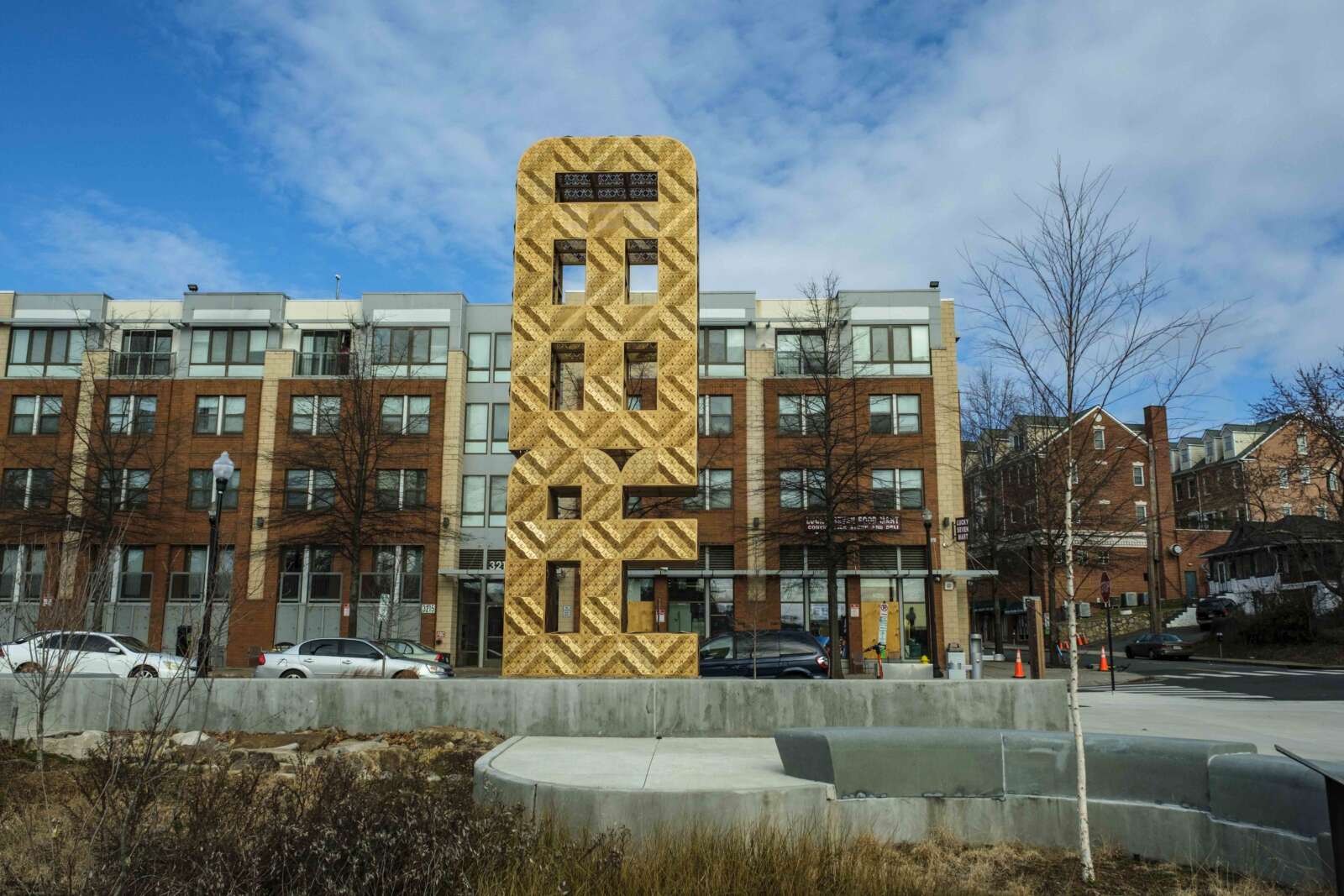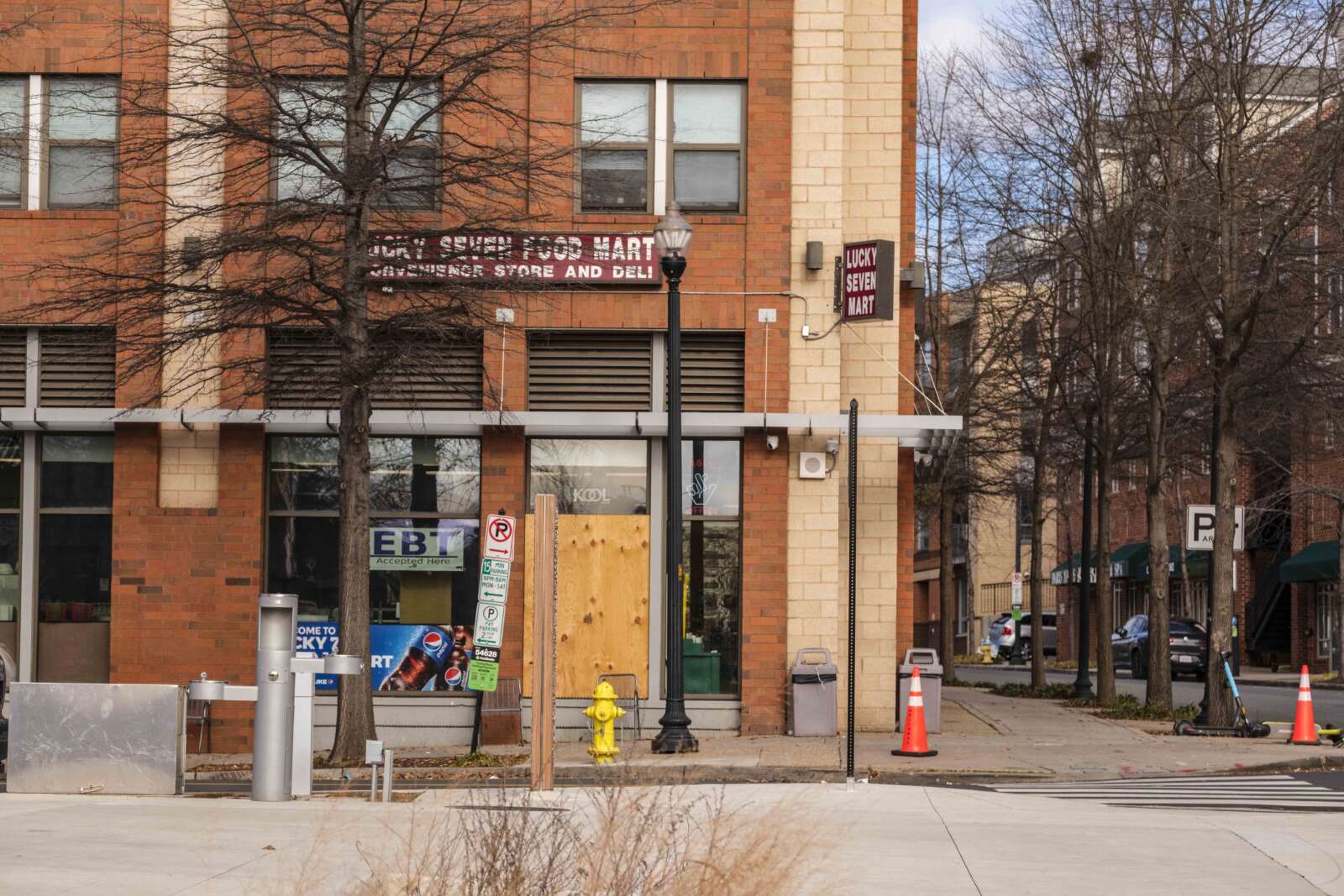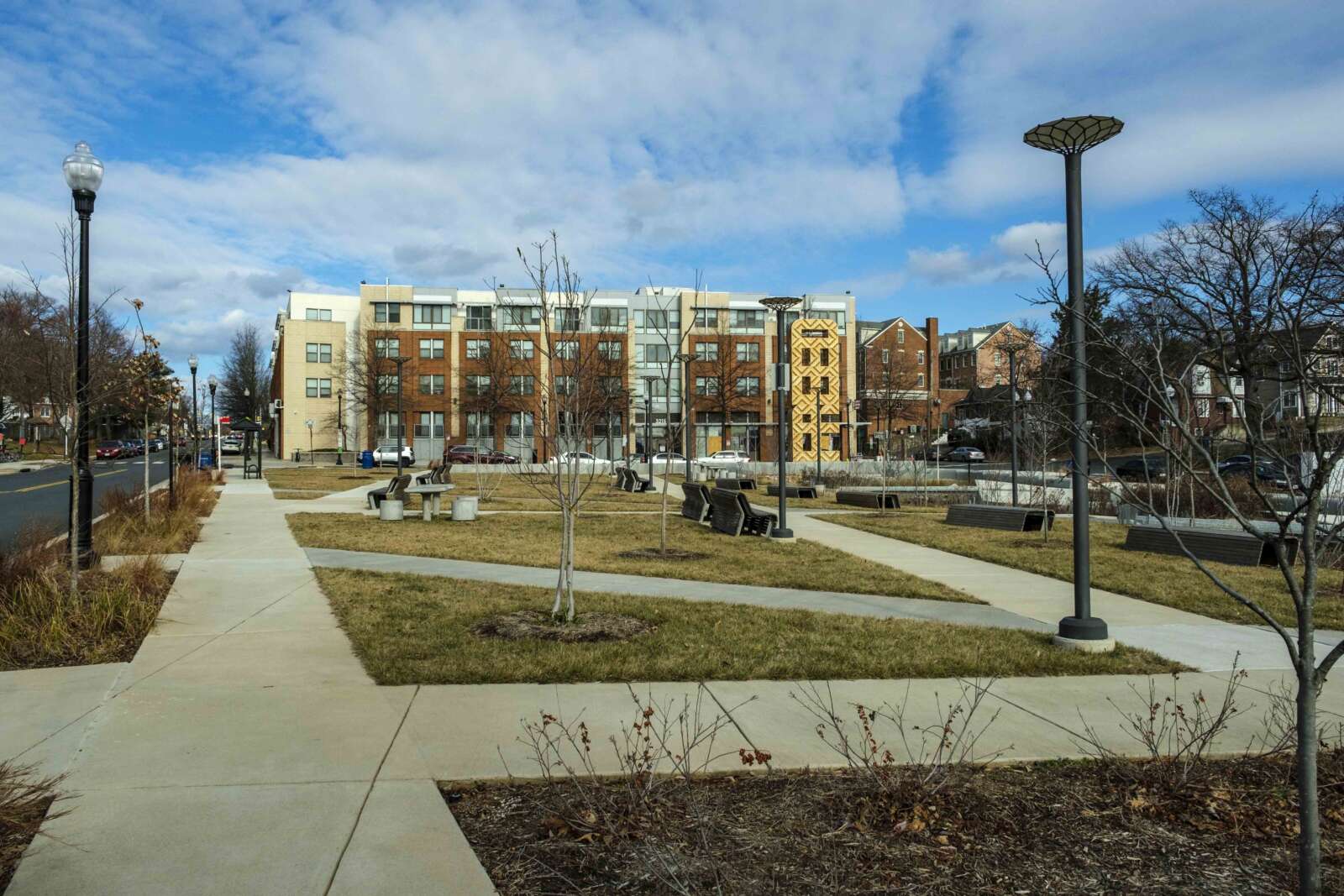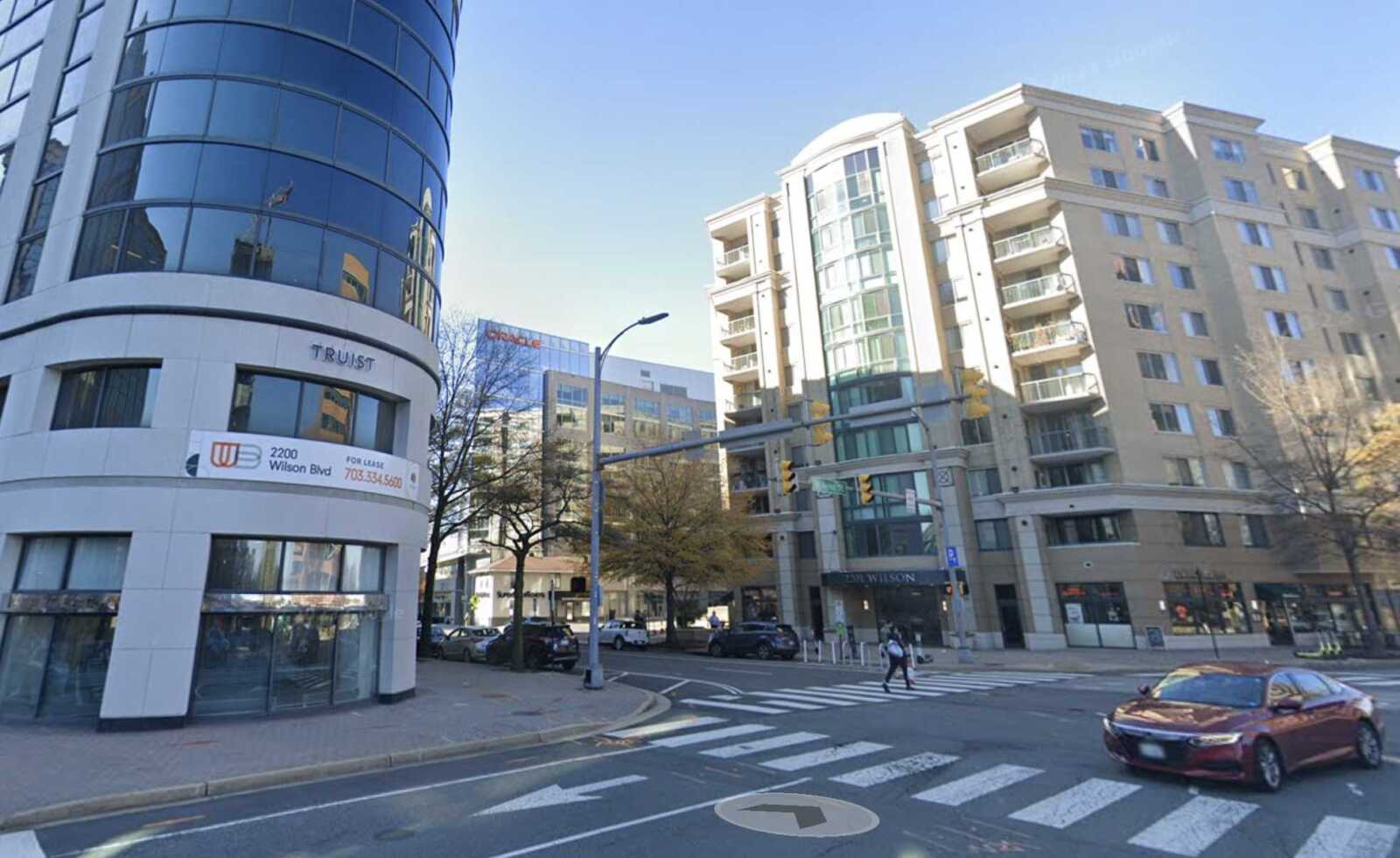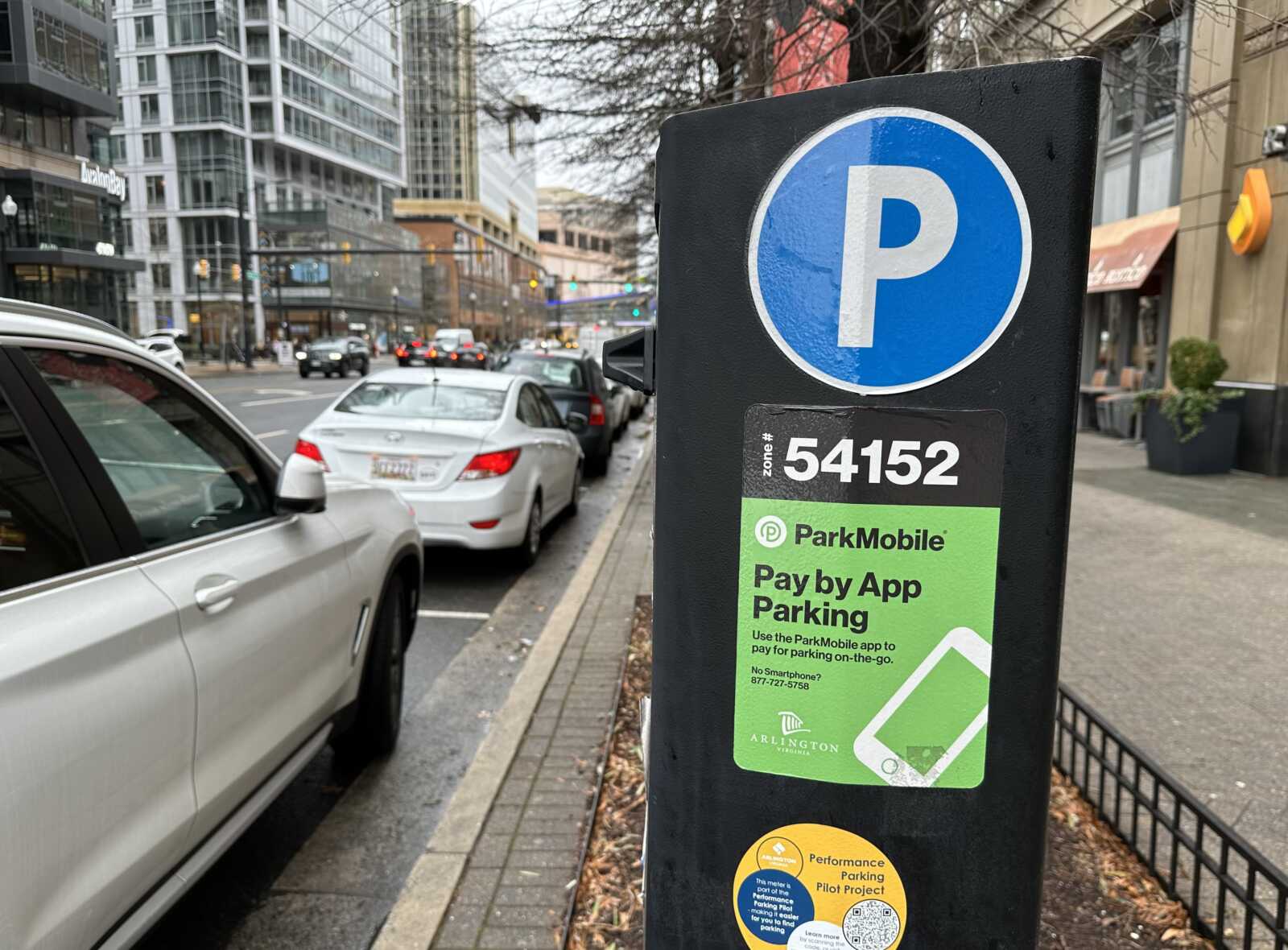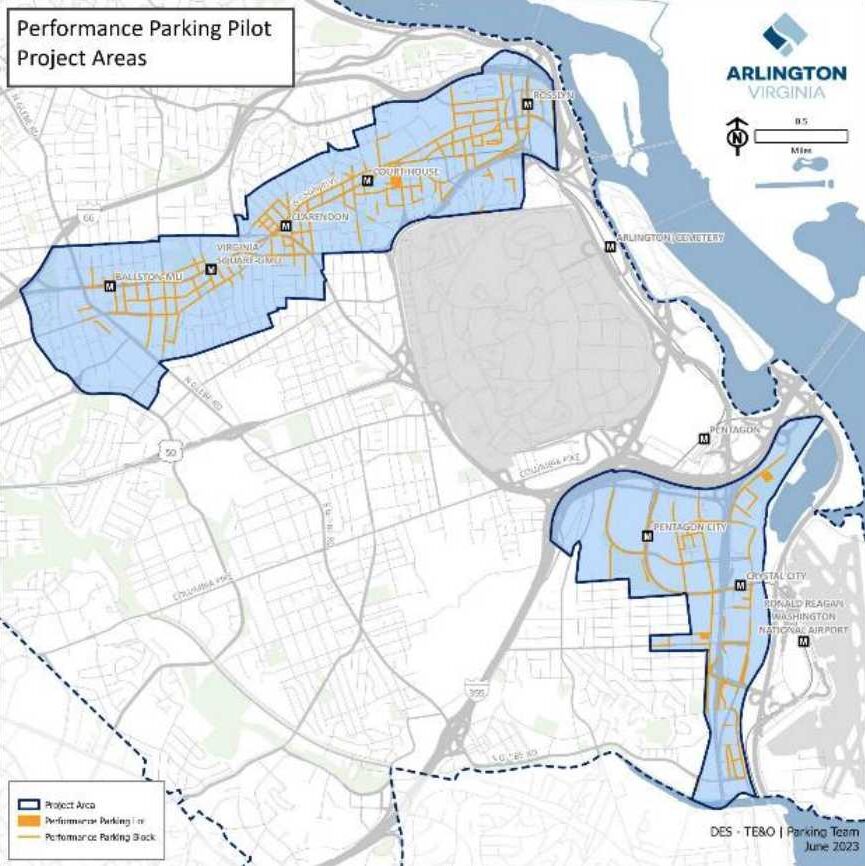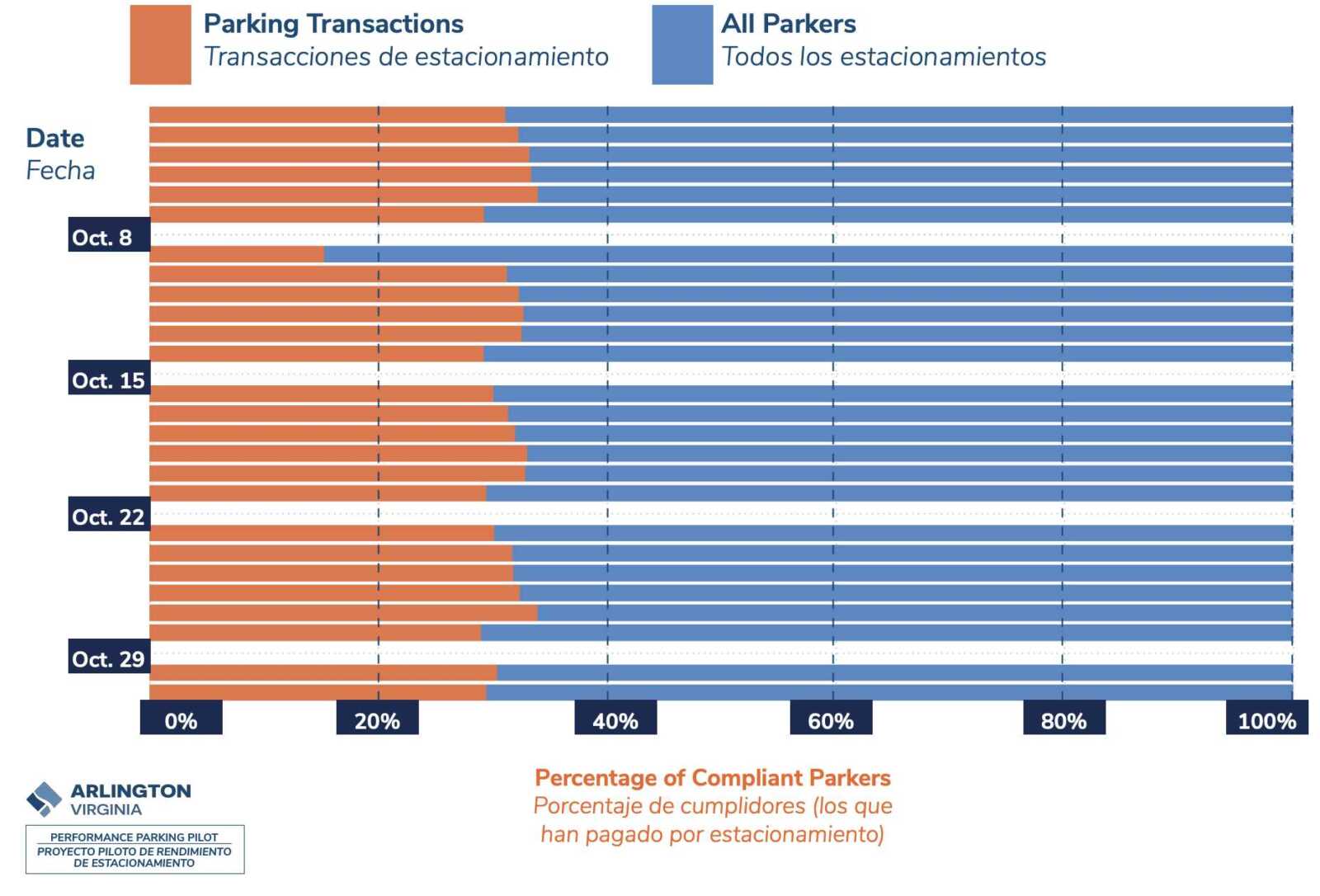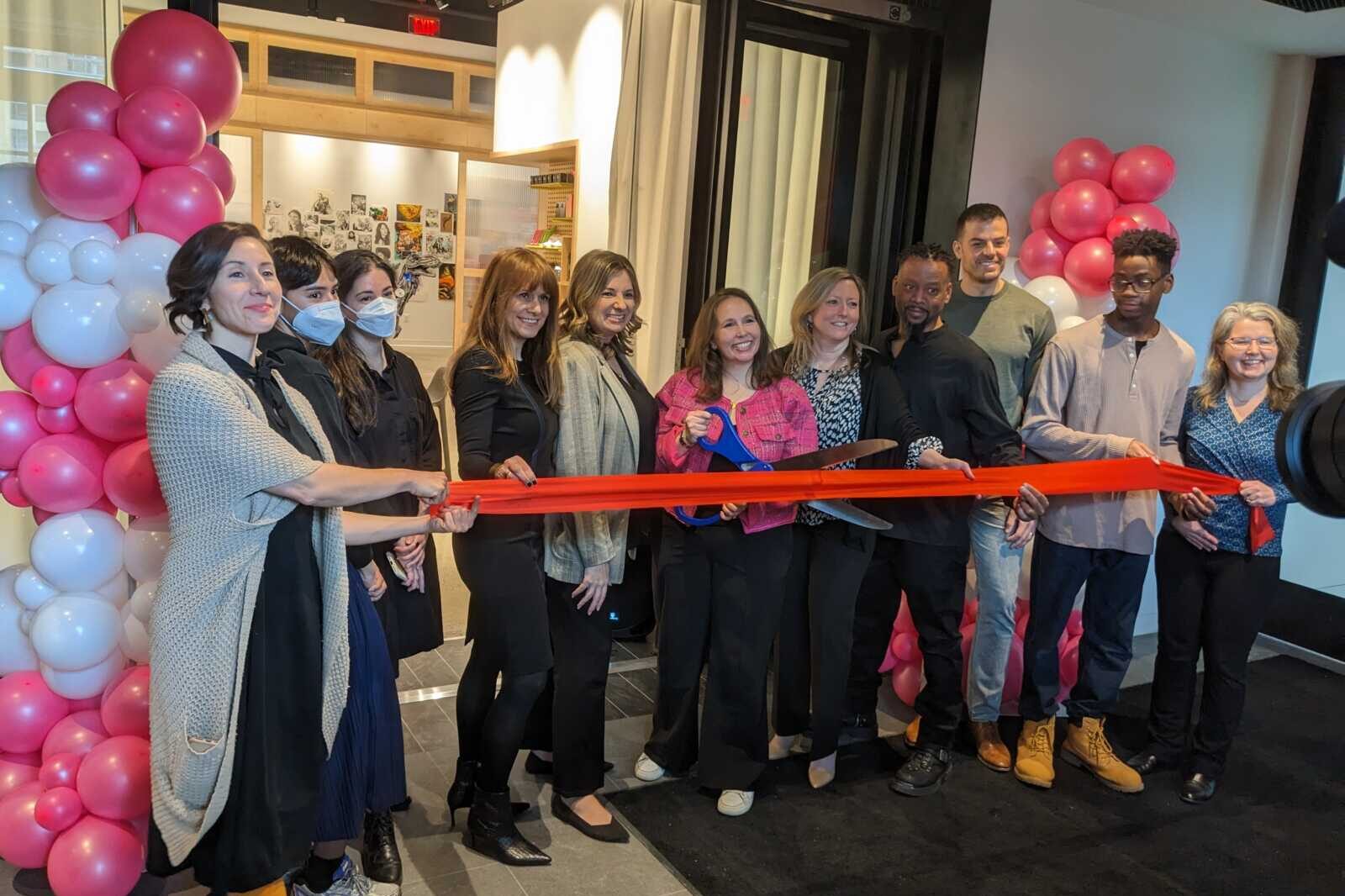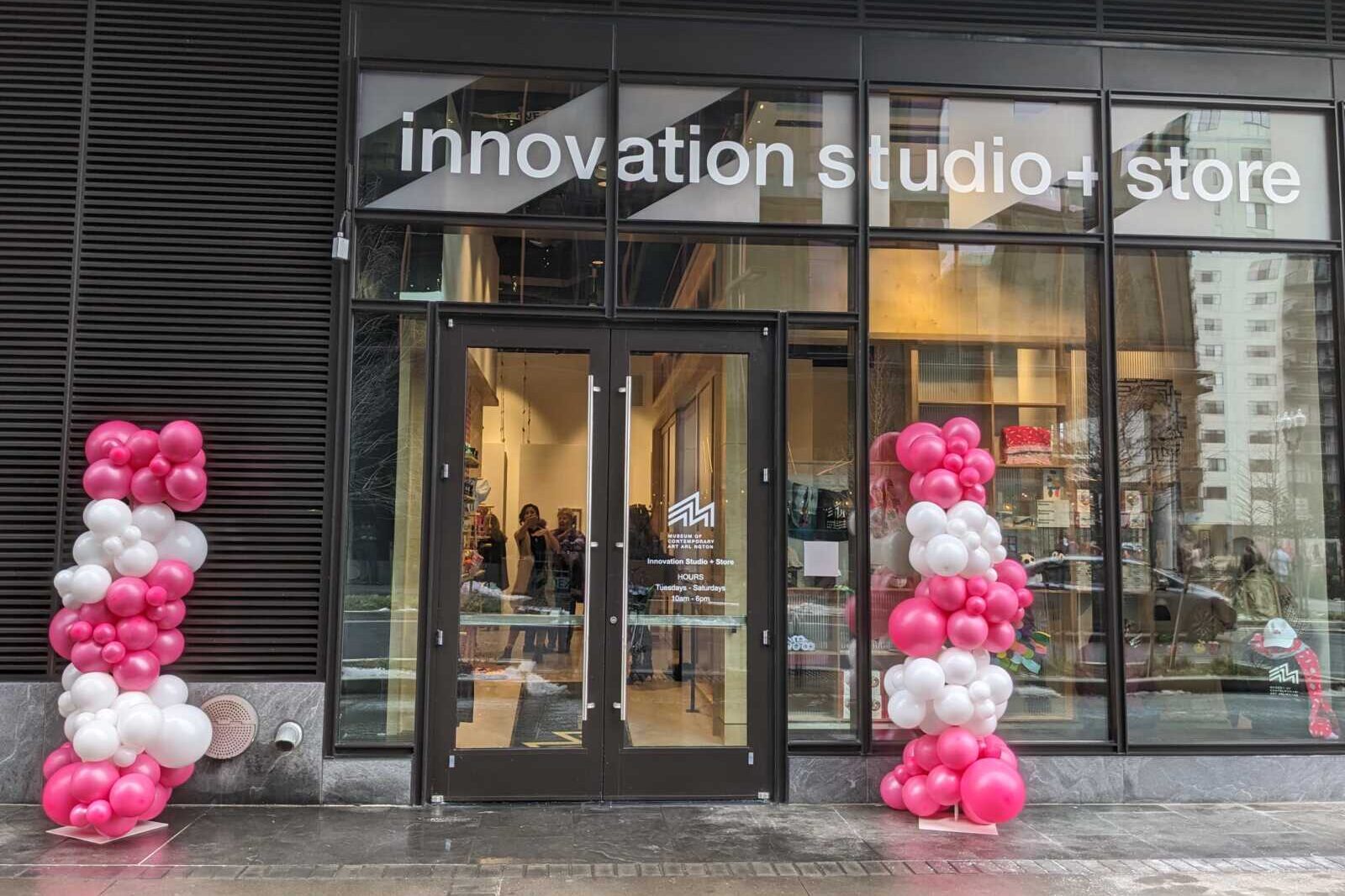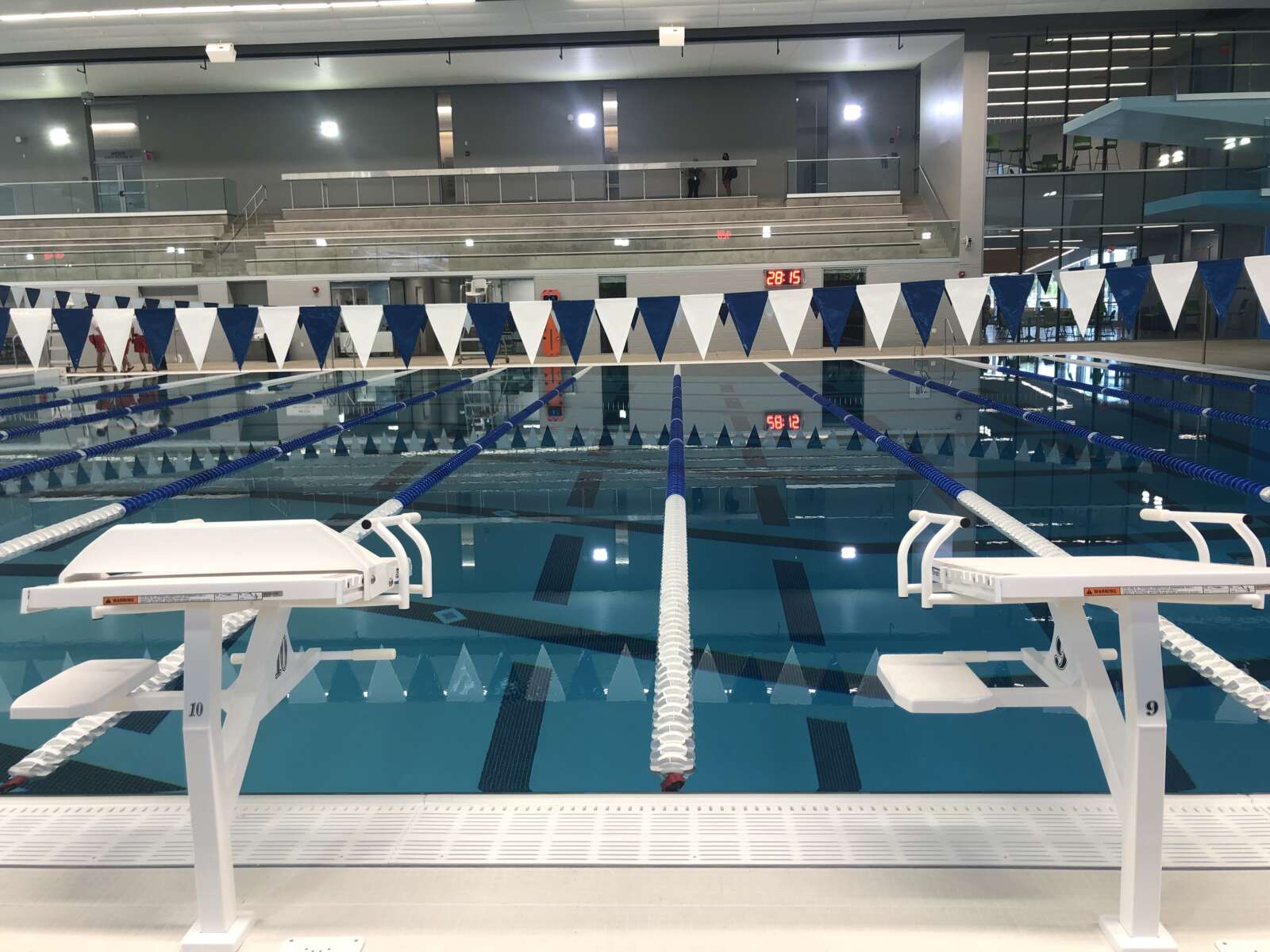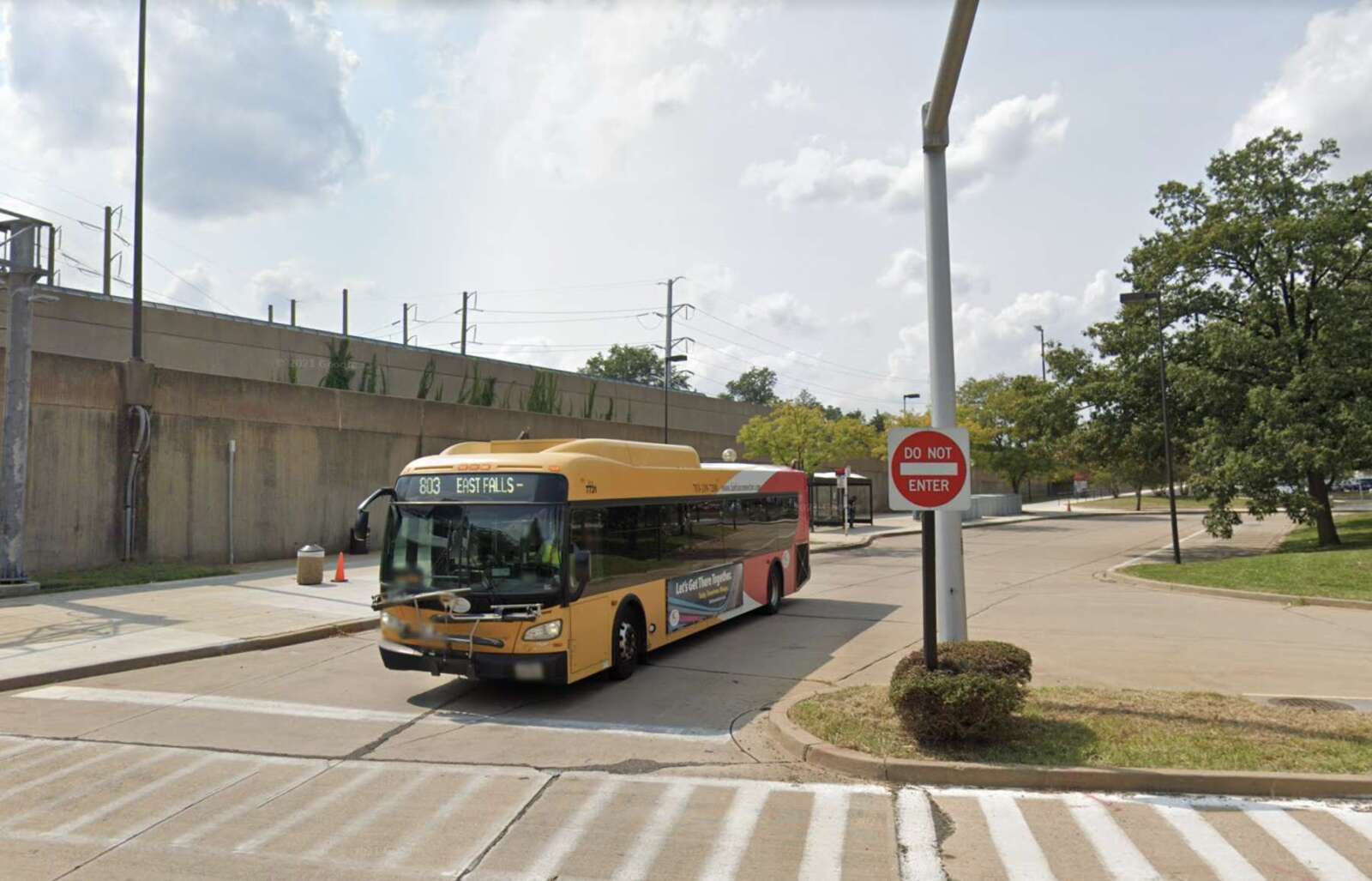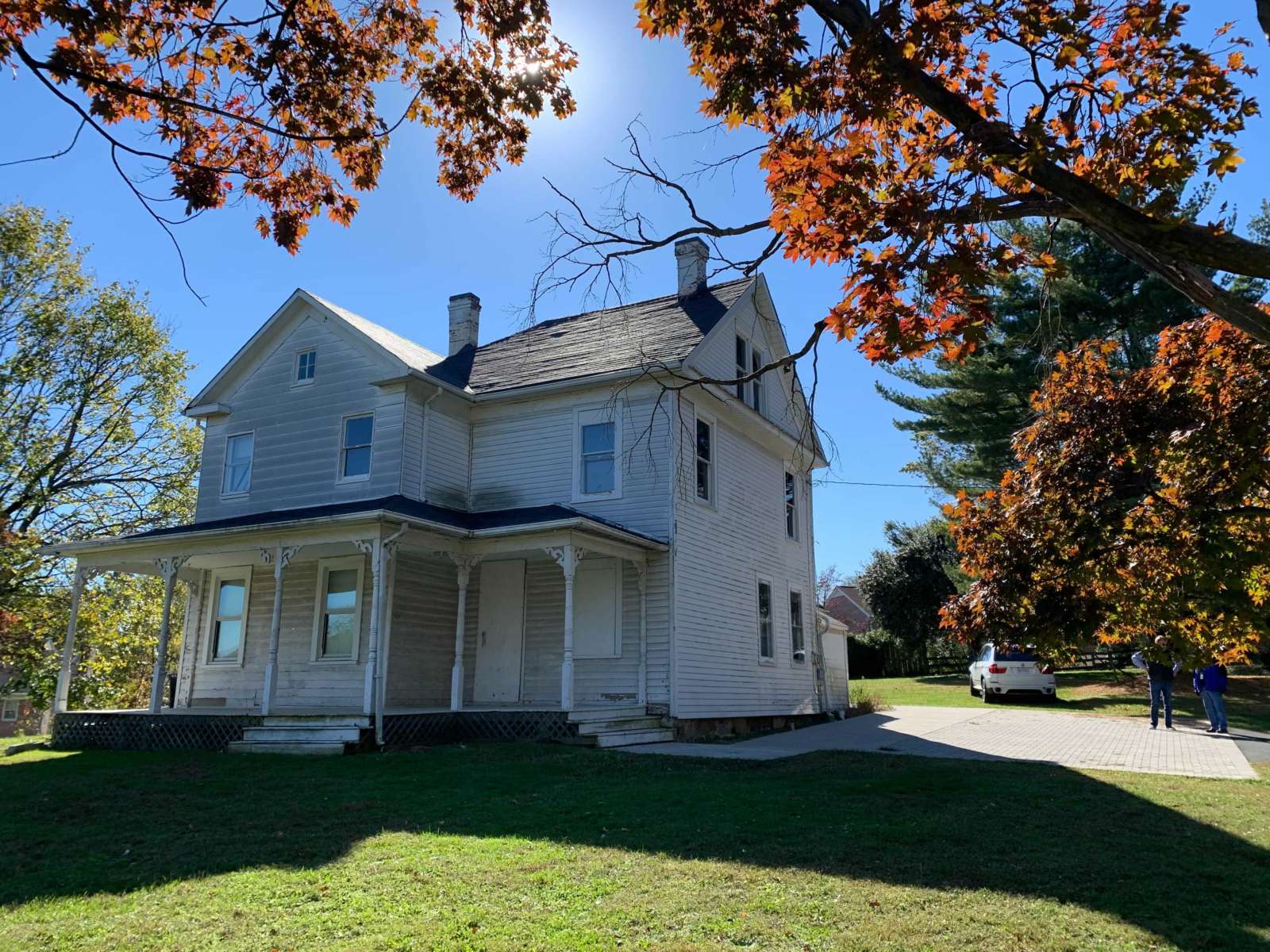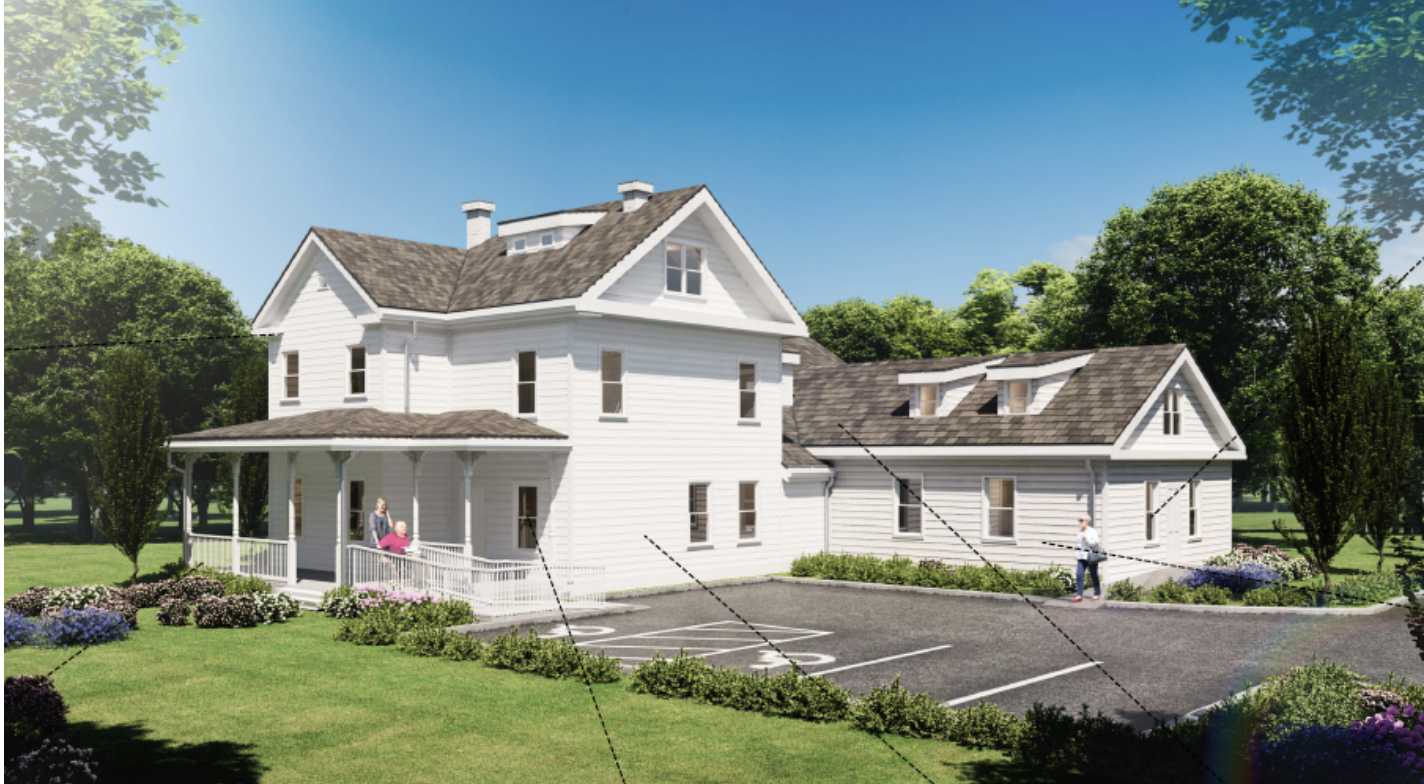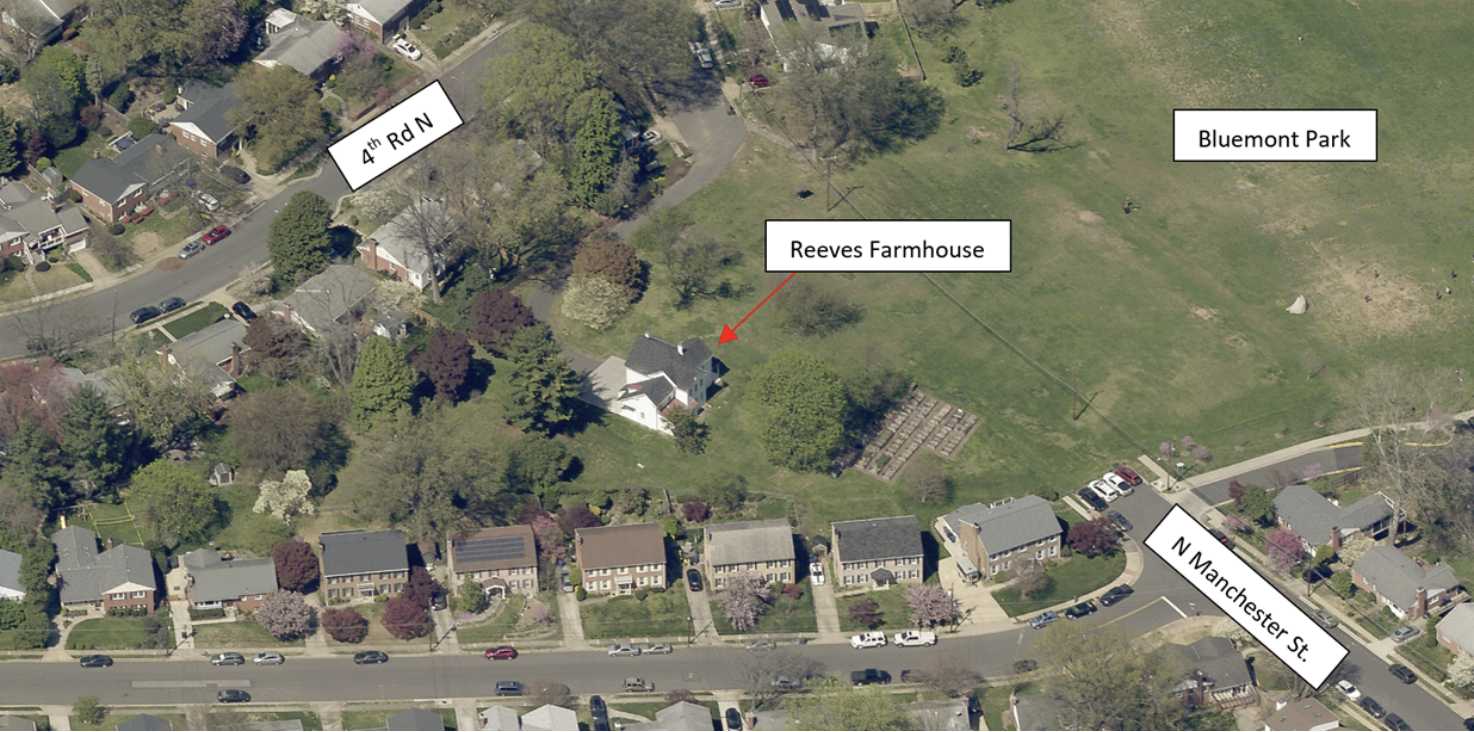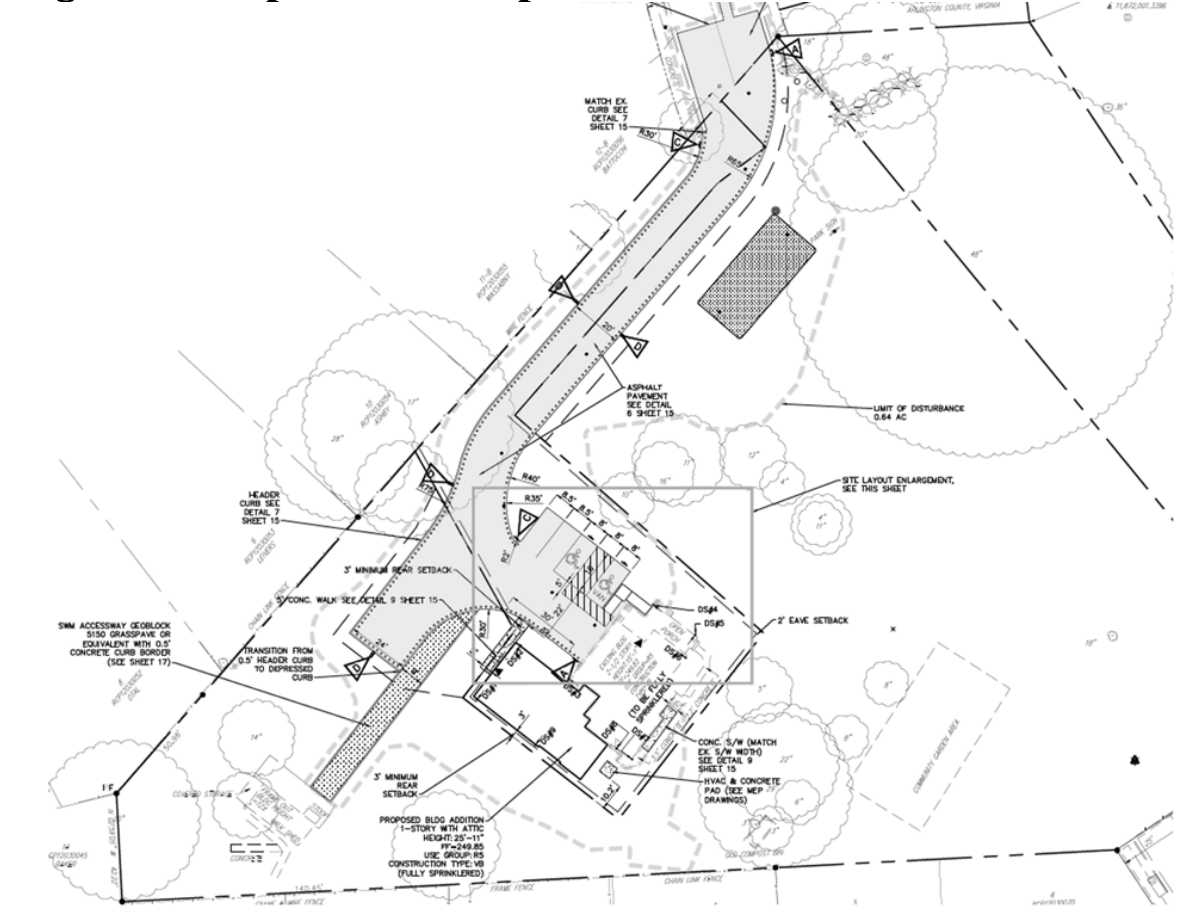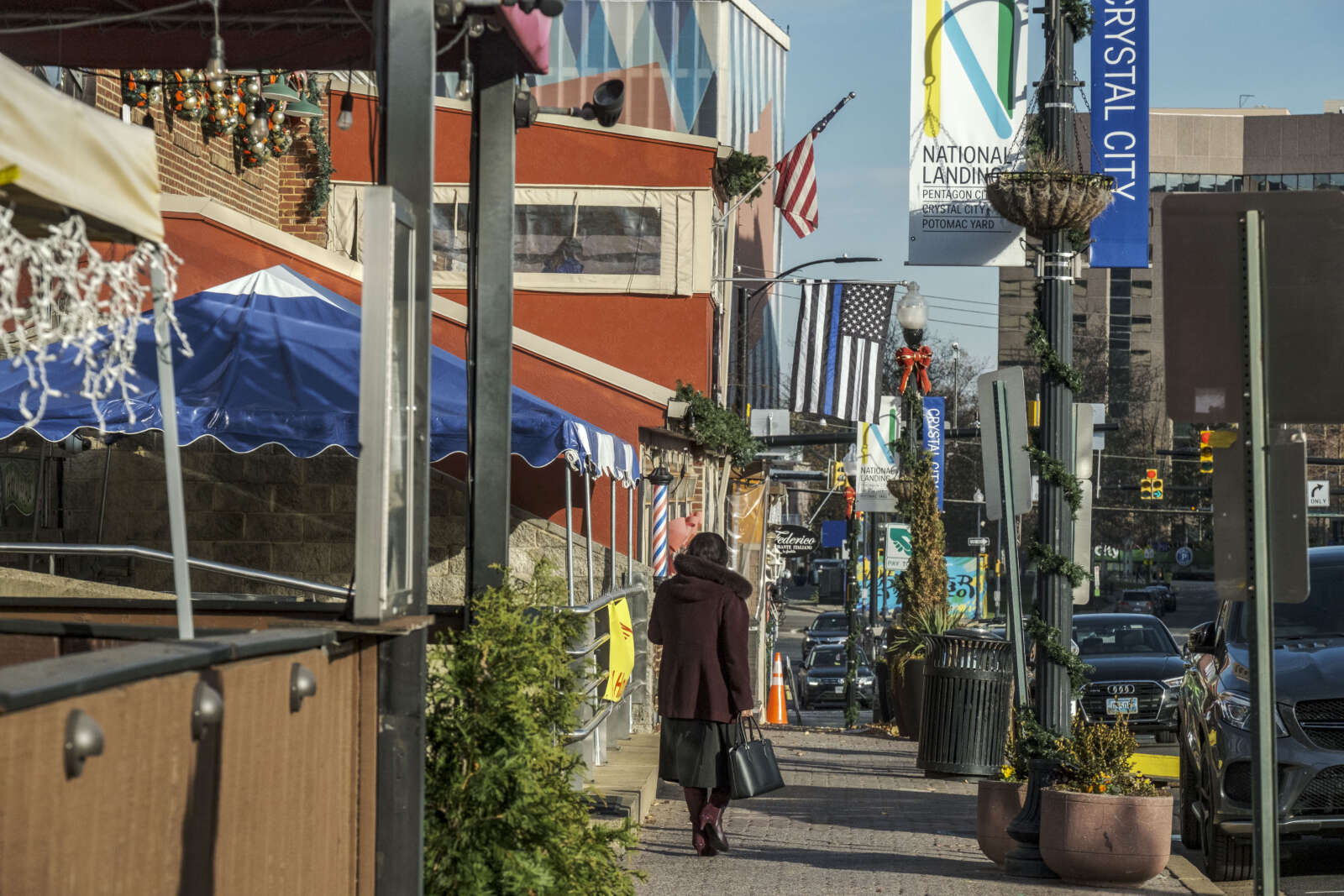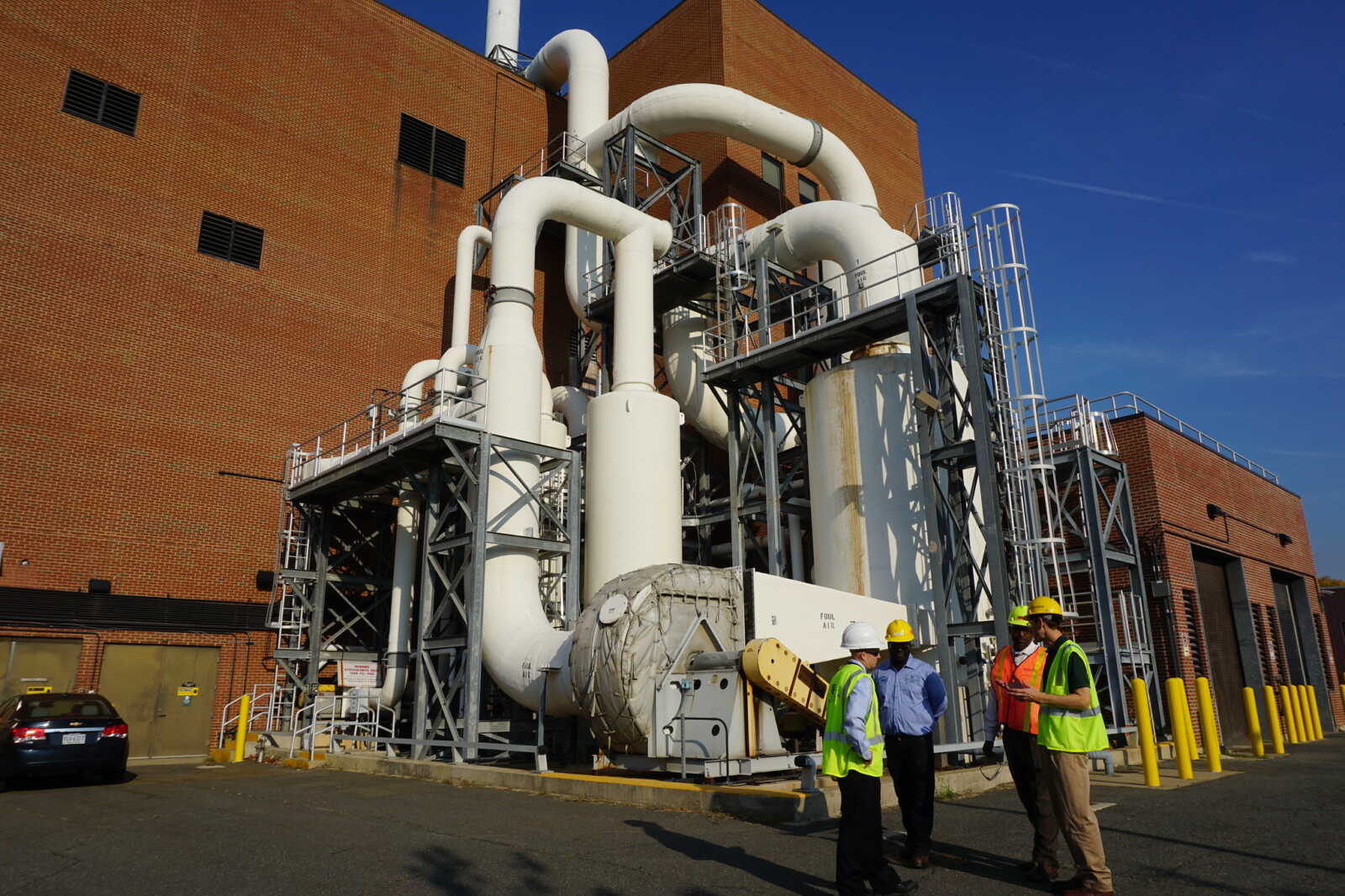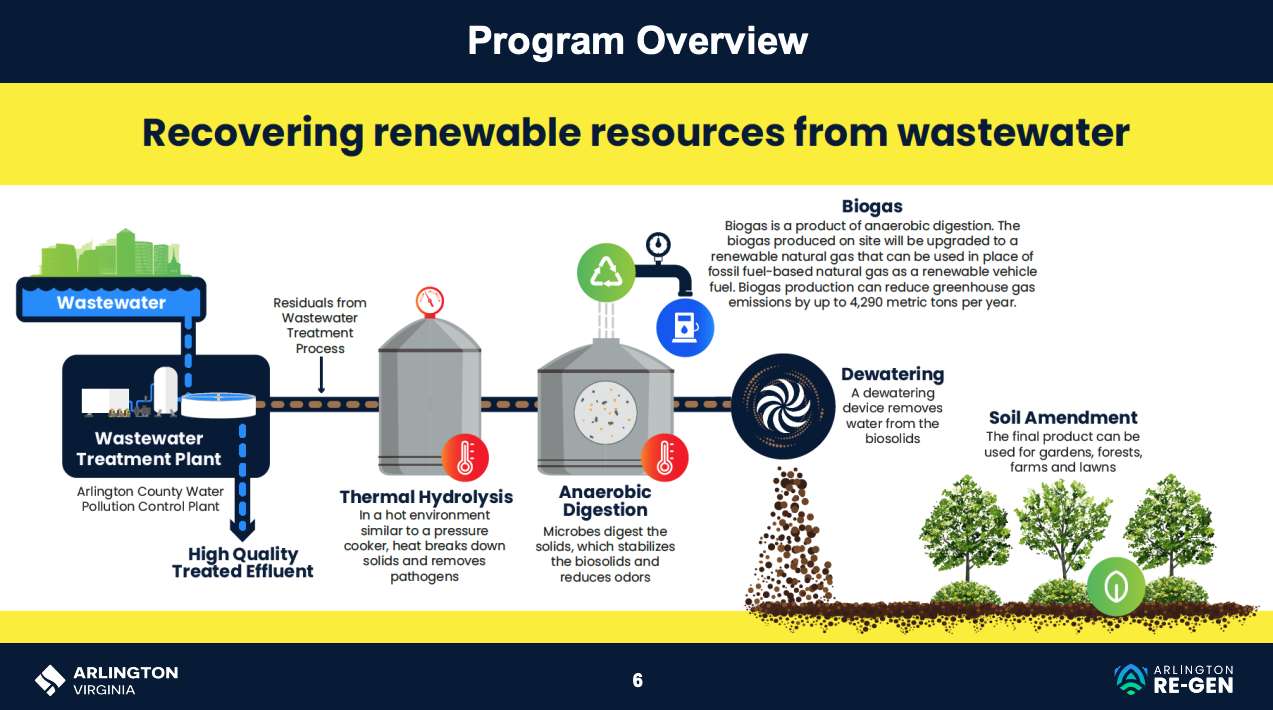The Arlington County Police Department has ramped up efforts to curb public intoxication and other illegal behavior near a Green Valley elementary school.
Despite these efforts, however, some of that behavior persists, according to some community members and ARLnow’s observations.
Police, true to their word, have increased foot patrols and community engagement in Drew Park and John Robinson, Jr. Town Square after the neighborhood heard shots fired and witnessed a shooting over one week in December. During an Arlington County Board meeting on Tuesday, County Manager Mark Schwartz said that authorities have “seen a difference in some of the behaviors,” including drinking in public, in the area near Dr. Charles R. Drew Elementary School, and announced other forthcoming measures to curb this activity.
County Board member Matt de Ferranti applauded police on three arrests in connection with the incidents, along with outreach such as conducting security surveys and hosting a visit from Santa and Mrs. Claus.
“The residents who have sat there and said, ‘We want results’ — you have pulled through and so has ACPD,” de Ferranti said.
Around 1 p.m. Friday, however, at least one person on a sidewalk within eyesight of Drew Elementary was visibly drunk. He had an empty beer bottle in his hand and was dancing energetically to music.
From reiterating demands for public restrooms to calling for more investment in area businesses, some community members said Green Valley has a long way to go.
“I will say, the county has been very empathetic to the situation,” said Yordanos Woldai, co-founder of the public safety advocacy group Green Valley Matters. “But I want to judge by the action.”
Striking the right enforcement balance
Among the complexities of intervening in Green Valley is how to do so while being sensitive to the area’s strong hangout culture. The drunk person was dancing next to several other people who sat in lawn chairs outside The Shelton, an affordable housing building, who did not confront him.
- A middle-aged woman enjoying the warm weather was dismissive when asked whether she has seen any changes in how the county approaches her neighborhood.
- “Nope,” she said. “I’m keeping it real with you right now. All they do is talk.”
- The woman, who declined to give her name, called the town square’s lack of restrooms, shade and functional water fountains “disrespectful” and scoffed at the suggestion that police have redoubled efforts to keep her community safe.
“If it wasn’t for these older guys that they complain about out here? They look out for us,” she said.
For Schwartz, the focus on Green Valley goes beyond the public nuisance crimes to more serious offenses. The neighborhood is among the “top three or four” in Arlington for firearms offenses and is in the top 12 neighborhoods for a category of offenses that includes weapon law violations, theft, assault and homicide, he noted.
“I’m not going to sit here and tell you that all civic associations are created equal. Some are in more urban areas; some are in less urban areas,” Schwartz said. “But the reason we’re focusing on Green Valley has to do with firearms crimes.”
One approach will be to improve tracking and public reporting of crimes at the neighborhood level. Schwartz announced last week that a new dashboard displaying crime numbers, broken down by civic association, should go live in the near future.


